How low can it go?
from David Ruccio
The United States is now more than eight years out from the end of the Great Recession and the one-side nature of the recovery is, or at least should be, clear for all to see.
Even as unemployment has dipped below the so-called “natural rate,” workers are far from recovering all they’ve last in the past decade.
According to the official data illustrated in the chart above, the labor share of national income remains just above the lowest level it reached in the entire postwar period. Using 100 in 2009 as the index value, the current labor share has fallen to 96.5—down from 110.24 in 2001 and 114 in 1960.
The question is, how low can the labor share go?
Update
Leave a comment Cancel reply
This site uses Akismet to reduce spam. Learn how your comment data is processed.
Real-World Economics Review
WEA Books

follow this blog on Twitter
Top Posts- last 48 hours
- The problem with electric vehicles
- Lost opportunities?
- Weekend read - A STIGLITZ ERROR?
- Comments on RWER issue no. 69
- With a modest financial transactions tax, Jim Simons would not have been superrich
- Dystopia and economics
- Economics — a dismal and harmful science
- Reflections on the “Inside Job”
- Water Flowing Upwards: Net financial flows from developing countries
- Piketty’s response to Mankiw et al.: "and some consume academics.”
"We cannot solve our problems with the same thinking we used when we created them." Albert Einstein
Regular Contributors
Real World Economics Review
The RWER is a free open-access journal, but with access to the current issue restricted to its 25,952 subscribers (07/12/16). Subscriptions are free. Over one million full-text copies of RWER papers are downloaded per year.
WEA online conference: Trade Wars after Coronavirus
Comments on recent RWER issues
————– WEA Paperbacks ————– ———– available at low prices ———– ————- on most Amazons ————-
WEA Periodicals
----- World Economics Association ----- founded 2011 – today 13,800 members
Recent Comments
- David Harold Chester on Weekend read – A STIGLITZ ERROR?
- David Harold Chester on Weekend read – A STIGLITZ ERROR?
- sackergeoff on With a modest financial transactions tax, Jim Simons would not have been superrich
- CBASILOVECCHIO on Weekend read – A STIGLITZ ERROR?
- David Harold Chester on Weekend read – A STIGLITZ ERROR?
- pfeffertag on Weekend read – A STIGLITZ ERROR?
- CBASILOVECCHIO on Weekend read – A STIGLITZ ERROR?
- Arbo on Economics — a dismal and harmful science
- spamletblog on Economics — a dismal and harmful science
- bckcdb on Economics — a dismal and harmful science
- David Harold Chester on Real-world economists take note!
- Patrick Newman on Real-world economists take note!
- deshoebox on Real-world economists take note!
- felipefrs on The non-existence of economic laws
- Seeker on The non-existence of economic laws
Comments on issue 74 - repaired
Comments on RWER issues
WEA Online Conferences
—- More WEA Paperbacks —-
———— Armando Ochangco ———-

Shimshon Bichler / Jonathan Nitzan

————— Herman Daly —————-

————— Asad Zaman —————
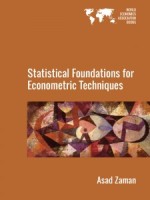
—————– C. T. Kurien —————
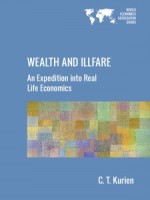
————— Robert Locke —————-

Guidelines for Comments
• This blog is renowned for its high level of comment discussion. These guidelines exist to further that reputation.
• Engage with the arguments of the post and of your fellow discussants.
• Try not to flood discussion threads with only your comments.
• Do not post slight variations of the same comment under multiple posts.
• Show your fellow discussants the same courtesy you would if you were sitting around a table with them.
Most downloaded RWER papers
- Why some countries are poor and some rich: a non-Eurocentric view (Deniz Kellecioglu)
- Green capitalism: the god that failed (Richard Smith)
- Global finance in crisis (Jacques Sapir)
- Debunking the theory of the firm—a chronology (Steve Keen and Russell Standish)
- The state of China’s economy 2009 (James Angresano)
- The housing bubble and the financial crisis (Dean Baker)
- New thinking on poverty (Paul Shaffer)
- Trade and inequality: The role of economists (Dean Baker)
- What Is Neoclassical Economics? (Christian Arnsperger and Yanis Varoufakis)
Family Links
Contact
follow this blog on Twitter
RWER Board of Editors
Nicola Acocella (Italy, University of Rome) Robert Costanza (USA, Portland State University) Wolfgang Drechsler ( Estonia, Tallinn University of Technology) Kevin Gallagher (USA, Boston University) Jo Marie Griesgraber (USA, New Rules for Global Finance Coalition) Bernard Guerrien (France, Université Paris 1 Panthéon-Sorbonne) Michael Hudson (USA, University of Missouri at Kansas City) Frederic S. Lee (USA, University of Missouri at Kansas City) Anne Mayhew (USA, University of Tennessee) Gustavo Marqués (Argentina, Universidad de Buenos Aires) Julie A. Nelson (USA, University of Massachusetts, Boston) Paul Ormerod (UK, Volterra Consulting) Richard Parker (USA, Harvard University) Ann Pettifor (UK, Policy Research in Macroeconomics) Alicia Puyana (Mexico, Latin American School of Social Sciences) Jacques Sapir (France, École des hautes études en sciences socials) Peter Söderbaum (Sweden, School of Sustainable Development of Society and Technology) Peter Radford (USA, The Radford Free Press) David Ruccio (USA, Notre Dame University) Immanuel Wallerstein (USA, Yale University)







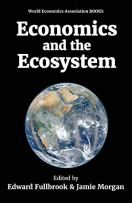
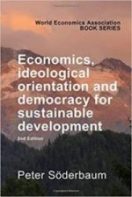
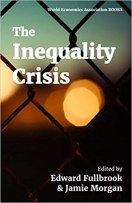
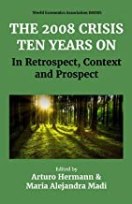




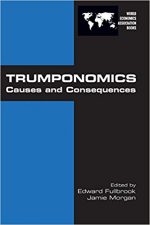



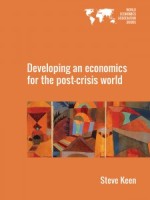
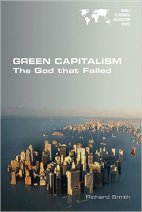


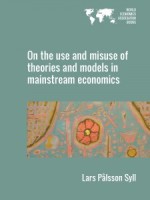

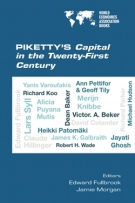
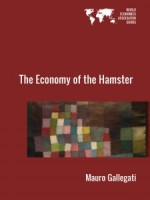
And if you superimpose the 1%’s share ?
I’ve added the chart you’re looking for in an update to the original post.
Here’s the chart—with the labor share (in blue, measured on the left) and the top 1% share (in red, on the right):Sorry, it won’t let me post an image in the comments. I’ll try to find another way.
But here’s a link to the labor share, with bottom 50% and 90% shares: https://anticap.wordpress.com/2017/06/08/labors-declining-shares/
David
Unfortunately the NIPA data is accounting based and as the top billionaires command more capital they can sprint ahead in a Piketty way that is not measured here. If you drill down on the Forbes magazine website that is obsessed with and provides all sorts or information on top billionaires, there are tables of their wealth and even estimates of day to day changes. The stock market rally this week has make Larry Ellison at least one billion dollars richer, and when one divides that by the number of households in the US, it highlights the power mismatch.
All they’ve lost…?
1) The great economist John Maynard Keynes thought a 15-hour work week could be enough. He wrote in 1938 long before the Internet!2) In 2015, Anna Coote proposed reducing the work week to 30 hours. You can read an introduction to her book “Time on Our Side” on the Internet.